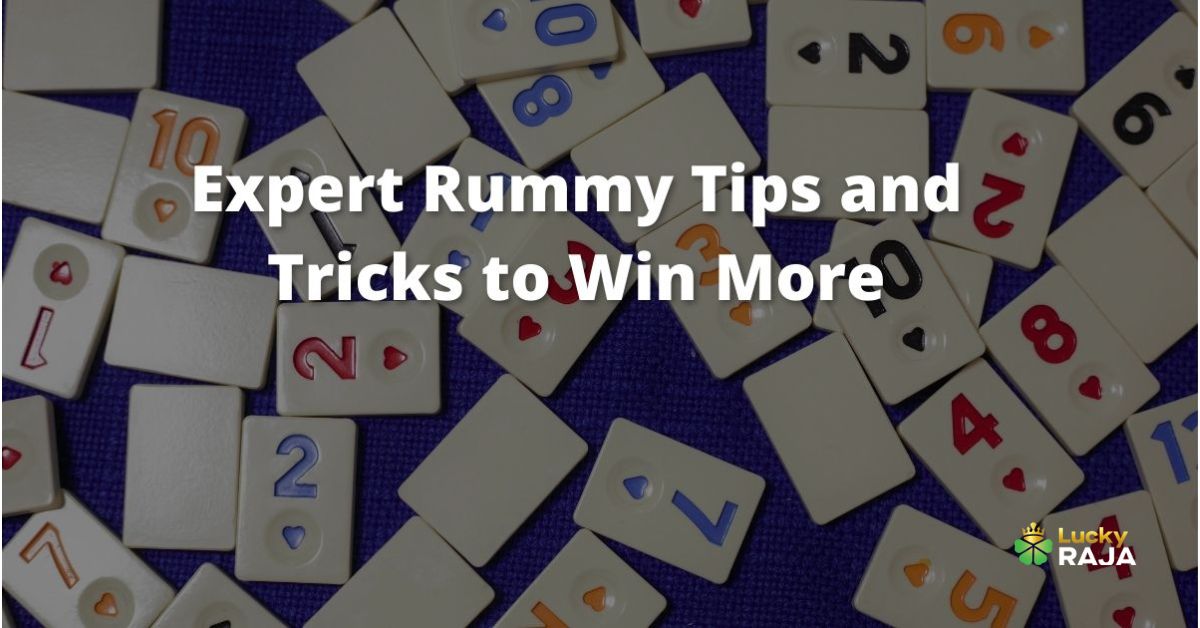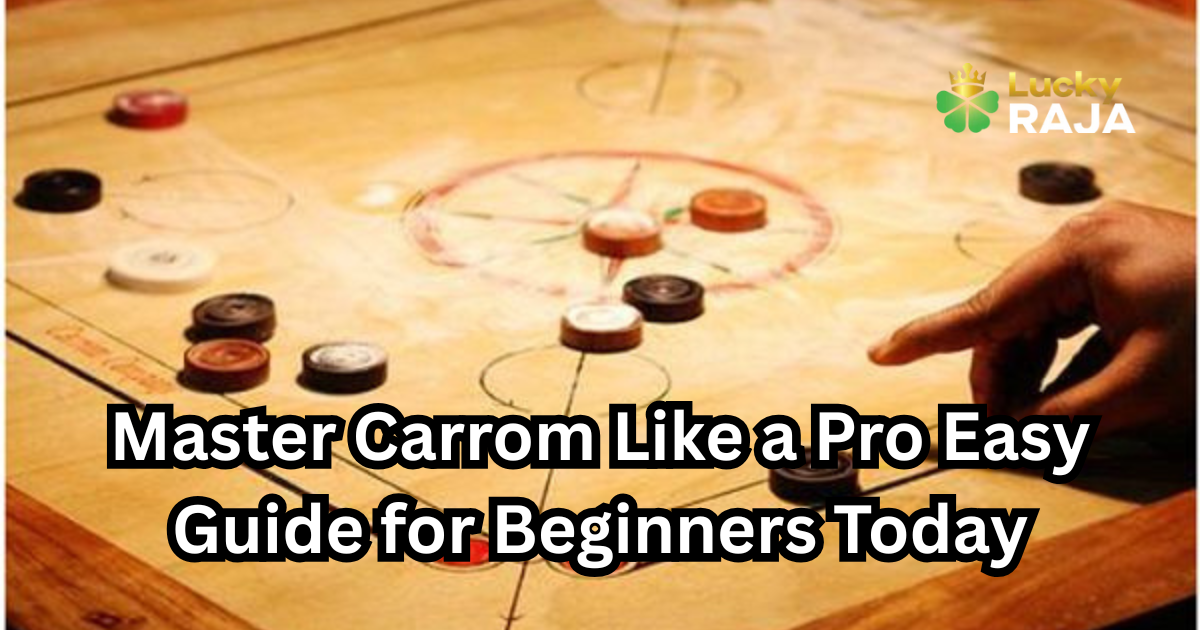Master Poker Card Sequence Pro Tips Guide for Players. In the world of skill-based card games, understanding the poker card sequence is the foundation of success. Whether you're playing in a casual setting with friends or aiming for serious winnings in online tournaments, knowing how to read and rank hands can significantly boost your performance.
This guide will walk you through everything from the basics of hand rankings to advanced strategies that revolve around poker card sequence logic. If you’re ready to upgrade your game, read on.
A card sequence refers to the hierarchy of hands ranked from strongest to weakest. It determines the winner when two or more players show their cards at the end of a round. Understanding this sequence helps you make better decisions—whether to call, raise, or fold—during gameplay.
Below is a quick breakdown of the standard poker card sequence used in most popular formats, especially Texas Hold’em and Omaha:
| Rank |
Hand Name |
Description |
| 1 | Royal Flush | A, K, Q, J, 10 of the same suit |
| 2 | Straight Flush | Five consecutive cards of the same suit |
| 3 | Four of a Kind | Four cards of the same rank |
| 4 | Full House | Three of a kind plus a pair |
| 5 | Flush | Any five cards of the same suit |
| 6 | Straight | Five consecutive cards, mixed suits |
| 7 | Three of a Kind | Three cards of the same rank |
| 8 | Two Pair | Two sets of pairs |
| 9 | One Pair | A single pair |
| 10 | High Card | Highest card wins if no other hand is formed |
The card sequence helps settle outcomes even in the tightest games. Knowing this ranking by heart can be the key to predicting and influencing your opponent’s next move.
If you want to compete with confidence, you need to internalize the poker card sequence. Here’s why:
- Quick Decision-Making: When you know the ranking instinctively, you don’t waste time second-guessing.
- Better Bluffing Skills: Understanding the sequence helps in crafting believable bluffs.
- Efficient Bankroll Management: You avoid unnecessary risks when you know your hand’s position in the sequence.
Even a slight edge in knowing where your hand falls in the card sequence can lead to massive gains in tournament play.
Understanding the sequence is one thing. Applying it strategically is another. Here are some tips:
If your hand ranks low in the poker card sequence, folding early can save you chips for stronger opportunities.
Hands like Full House, Four of a Kind, and Flush hold strong positions in the card sequence — perfect spots to play bold and maximize your winnings.
Pay attention to community cards in games like Texas Hold’em. They could complete a high-ranking poker card sequence for someone else—or for you.
Imagine this situation: You hold 9♦ and 10♦. The flop reveals J♦, Q♦, and K♦.
Congratulations—you’ve just landed a Straight Flush, which is second only to a Royal Flush in the poker card sequence. A beginner might not realize the power of this hand and miss the opportunity to raise big. A seasoned player knows this is a jackpot.
Even experienced players sometimes fumble when it comes to the card sequence. Here are few things which need to be avoided:
- Overvaluing a Pair: Don’t get too excited about one pair unless it’s high and supported by the board.
- Misreading Suits: Remember, a Flush requires all five cards to be of the same suit.
- Forgetting Kicker Cards: In close calls, the next highest card, or "kicker", can decide the winner.
Avoiding these mistakes comes with practice and deep familiarity with the poker card sequence.
To become a true poker master, make memorizing the card sequence second nature. Try these techniques:
- Flash Cards: Use physical or digital flash cards to test your memory of hand rankings.
- Daily Drills: Spend 5–10 minutes a day reviewing different poker scenarios.
- Online Simulators: There are tools available that help simulate hands and outcomes based on the poker card sequence.
While most poker games follow the same ranking, some variants may introduce twists. However, the core poker card sequence remains mostly consistent. Always check the house rules, especially when switching between games like:
- Texas Hold’em
- Omaha
- 7-Card Stud
- Razz (which actually ranks hands in reverse!)
Having clarity about the standard poker card sequence will keep you competitive no matter the variant.
If you’re serious about winning, there’s no shortcut—understanding the poker card sequence is essential. It’s the building block of smart gameplay and sets the tone for every decision at the table.
From identifying strong hands to spotting bluffs, every element of poker ties back to this crucial concept. So whether you’re a novice or an aspiring pro, commit the poker card sequence to memory, apply it strategically, and watch your game evolve.
| Tip |
Explanation |
| Memorize the sequence | Know the order from Royal Flush to High Card |
| Apply sequence logic | Use it to guide when to bet, fold, or raise |
| Practice with drills | Reinforce memory using flash cards and simulators |
| Avoid common mistakes | Don’t overplay weak hands or ignore kicker cards |
| Check variant rules | Some versions may slightly adjust the sequence |
By dedicating time to truly understand the poker card sequence, you give yourself a professional edge—one that could turn a casual game into a serious win.


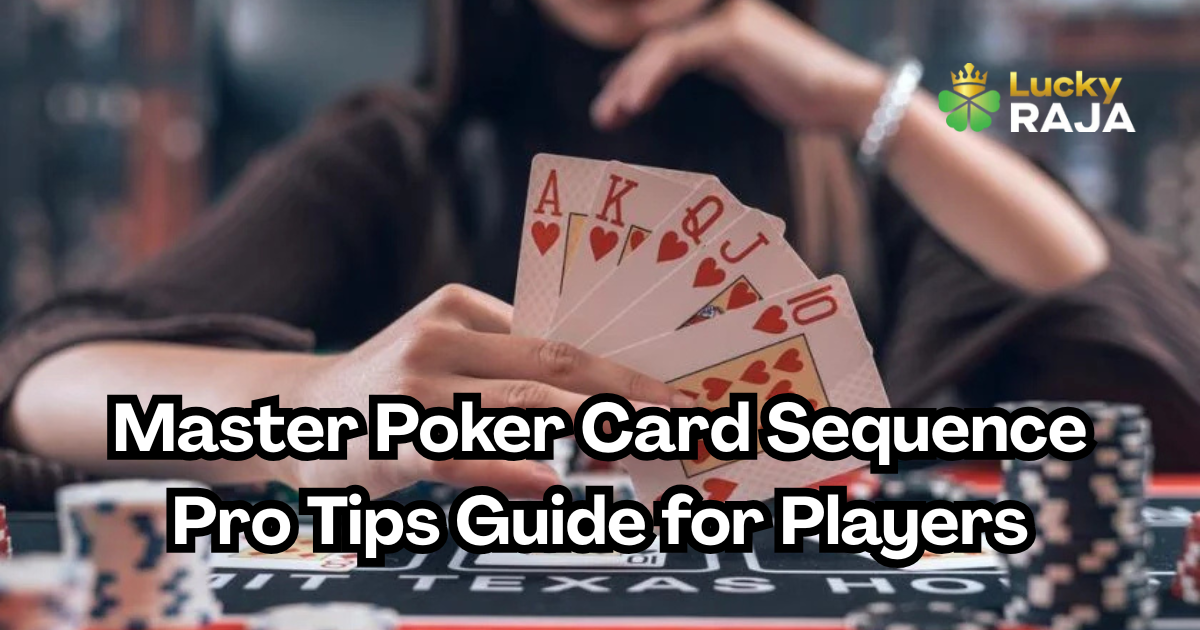


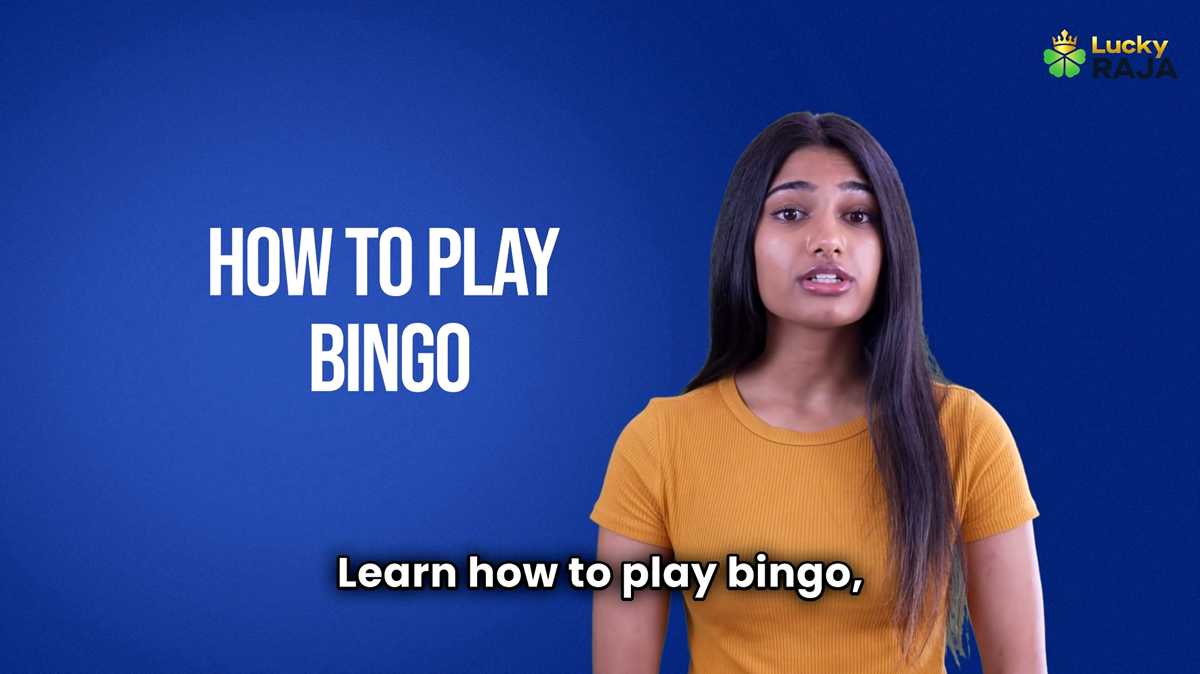
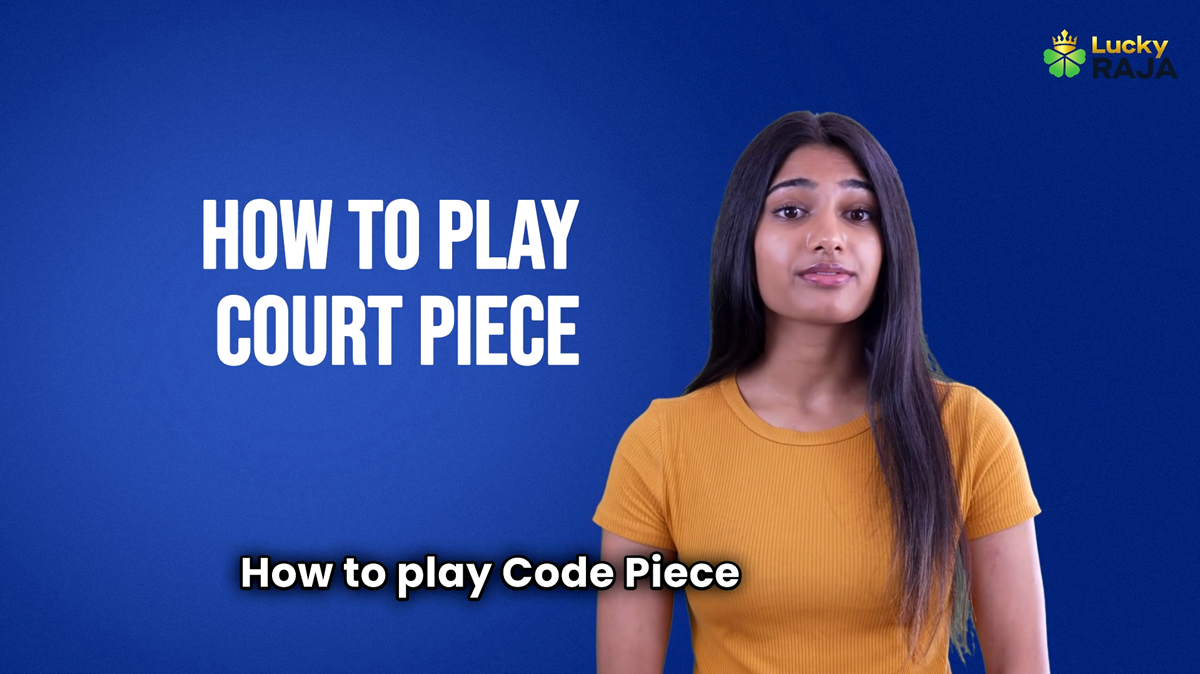

__1749472880-0.png)

